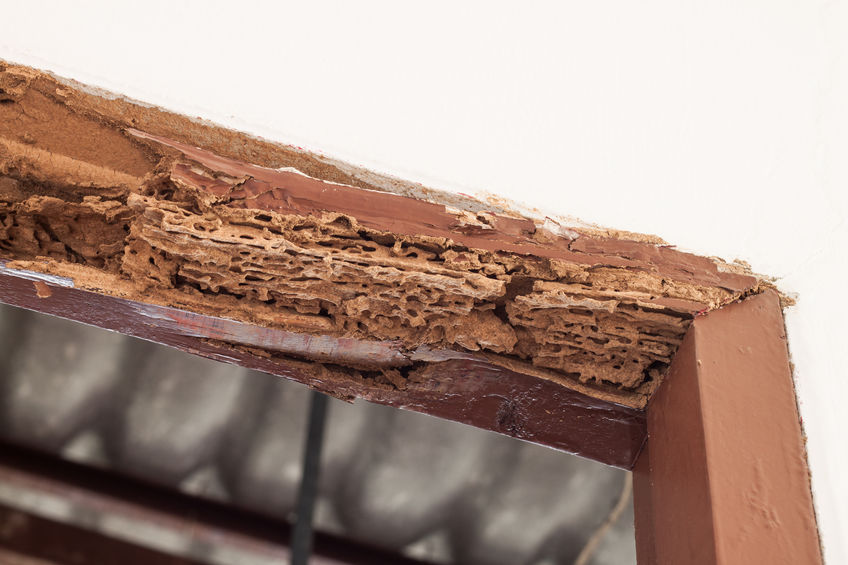Historically, termites have belonged to their own taxonomic order, Isoptera. However, recent phylogenetic studies have revealed that termites actually belong to the Blattodea order, which is comprised of 4,400 cockroach species. While the cockroaches that people are familiar with today don’t seem to share much in common with termites, termites evolved from wood eating cockroaches around 250 million years ago. Today, only a small number of wood eating cockroaches remain active in the world, at least one of which, the wood cockroach, can be found in the US, and not long ago, a new wood-eating cockroach species was discovered in China. Just like cockroaches, the majority of the world’s more than 3,000 termite species inhabit tropical and subtropical regions where frequent rainfall, high humidity and an abundance of vegetation provide the insects with the most nourishing environment possible.
Since the US is located within a temperate climatic zone, it is not surprising that only around 50 termite species inhabit the country. The most widely distributed, economically significant and cold hardy termite species in the US is commonly known as the eastern subterranean termite, and it only established a significant presence in the relatively cold northernmost states after the introduction of central heating made the soil in and around urban and suburban areas warmer and more hospitable to the species. While eastern subterranean termites can be found in the upper midwest states, they are particularly prevalent and problematic in the northeast due to the dense distribution of homes and buildings in the region.
During the warmer months, eastern subterranean termite workers forage through soil near the ground surface, but in order to survive the cold of winter, subterranean termites move to lower depths where the temperature becomes progressively warmer. During the winter, eastern subterranean termites generally remain between 3 to 5 feet below the ground surface, and near a substantial amount of wood for winter sustenance. However, before bitter cold temperatures set-in, these destructive pests make an effort to establish themselves in and around urban and suburban areas where central heating keeps the soil warm enough to allow eastern subterranean termites to remain active. In these conditions, eastern subterranean termites often feed on structural wood, resulting in costly and unexpected damages.
Do you believe that you have at least one subterranean termite colony established on your property?

